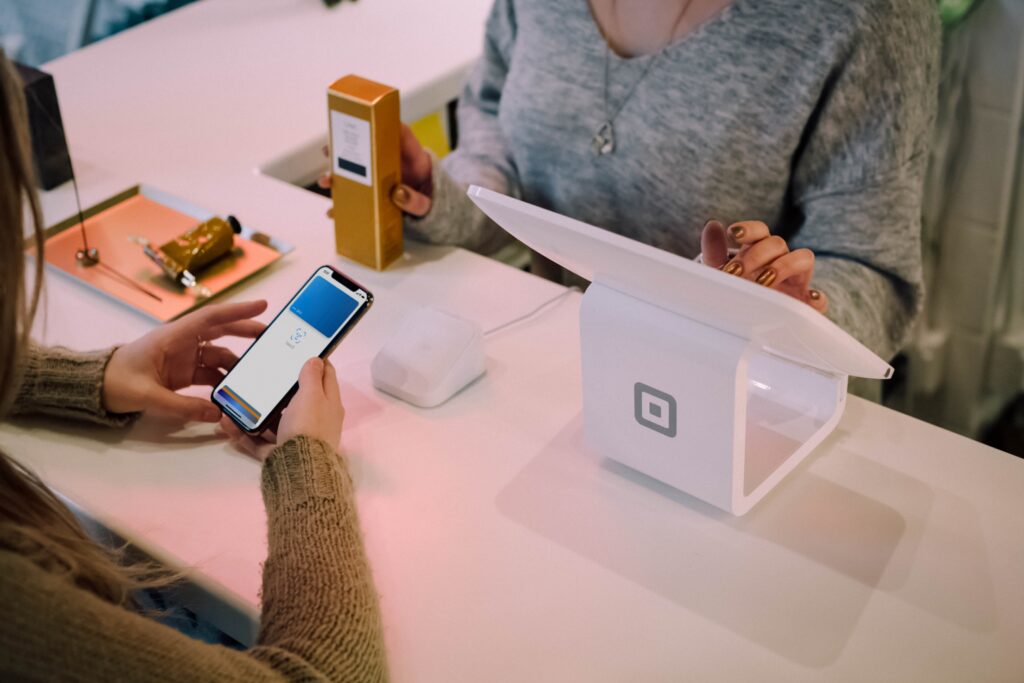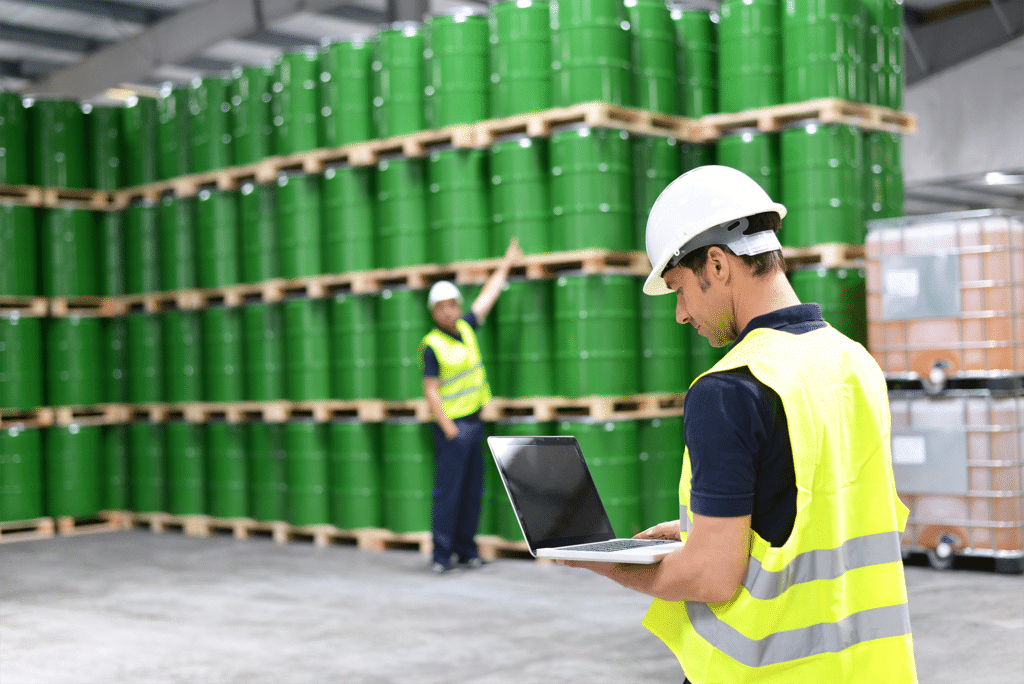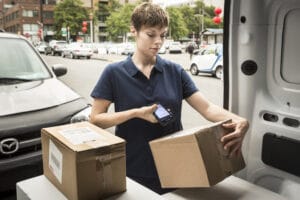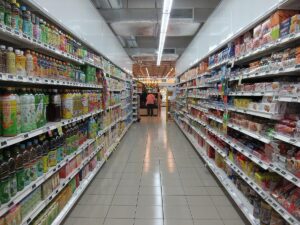HOW MOBILE TOOLS ARE TRANSFORMING THE RETAIL SPACE.
Home / Blog / Industries / Retail / How mobile tools are transforming the retail space
The way we shop is changing. Physical retailers are under more pressure than ever from their online counterparts as more spending shifts to online. However, this does not mean retailers should be refocusing their attention on the virtual store at the expense of their physical ones.
Indeed, while one pound in five spent in the UK is now online, this still leaves many opportunities for other channels. There is certainly still a place for the bricks and mortar store, but it will need to evolve to keep up with the changing expectations of today’s customers.
This means making these spaces part of an omnichannel approach that incorporates both physical and digital channels into a single, high-quality customer experience. And one area that cannot be ignored within this is mobile tools – both those used by customers and those offered to staff in-store and in the warehouse.
The Possibilities Offered by Location-Based Services
When retailers are looking at mobile, the first thought is often to provide a comprehensive online shopping experience. Indeed, according to the Interactive Media in Retail Group, mobile is now the dominant channel for buying online, with more than 40% of online sales in 2018/19 coming from a smartphone and a further 20% via tablets.
However, this is just one of the many possibilities for mobile tools in retail. Savvy retailers should also be thinking about how to incorporate them into their physical locations. According to a 2019 study by RetailMeNot, more than half of shoppers use their mobile device when in store, whether this is to research products, compare prices or redeem coupons.
Therefore, retailers must look to incorporate mobile tools within their stores to take advantage of this. Among the best solutions are location-based technologies such as beacons and smart Wi-Fi that are able to track where a user is within the store (with their consent, of course) and provide personalised offers or promotions based on the items they are browsing.
This can have many advantages. According to RetailMeNot, 69% of shoppers say receiving a personalised offer on their phone to be used in-store would make them more likely to visit a physical retail location. Such tools can also turn browsers into buyers by giving them incentives to complete purchases when they are in-store, rather than ‘showrooming’, which is when consumers browse in-store before buying an item later online, possibly from a competitor.


Equipping Employees with the Tools they Need
However, delivering engaging and personalised content directly to user devices is not the only way in which mobile tools can be used to boost a retailer’s performance. For instance, these location-based tools can also be combined with technologies such as artificial intelligence to give retailers a better picture of how consumers are interacting with their store.
This could, for example, help businesses see what layouts are attracting attention and identify any patterns to users’ browsing habits than can be used to inform future promotions.
Mobile technology can also be used to empower staff members on the shop floor and in the warehouse. For example, combining tools like smartphones and tablets with tools like RFID chips and other sensors can transform inventory management, letting employees see at a glance where stock needs replenishing and which locations have certain products available.
This can help them serve customers, as if a product is not in stock for a customer, they could arrange for home delivery or to have an item shipped to their location for click-and-collect, all on the shop floor from a mobile device, preventing potential sales being lost.
Indeed, a study by Zebra Technologies found 66% of retail store employees believe they would be able to provide better customer service if equipped with tablets. Therefore, if your business wants to be successful in a highly competitive environment, embracing mobile technology will not be optional.
Read More About Retail

Three Industries that would benefit from workplace voice assistants
Some people might just think that Apple, Amazon, and Google’s voice assistants are just for consumers but there are practical business use cases for them too.

Achieving visibility from warehouse floor to front door
The transport and logistics industry is undergoing a huge shift at the moment, with several emerging trends and changing customer expectations set to transform the way in which firms in this sector do business.

Why Inventory Management Is the Key to Omnichannel Retail Success
WHY INVENTORY MANAGEMENT IS THE KEY TO OMNICHANNEL RETAIL SUCCESS. The retail sector is under greater pressure than ever. With consumer expectations growing and greater












